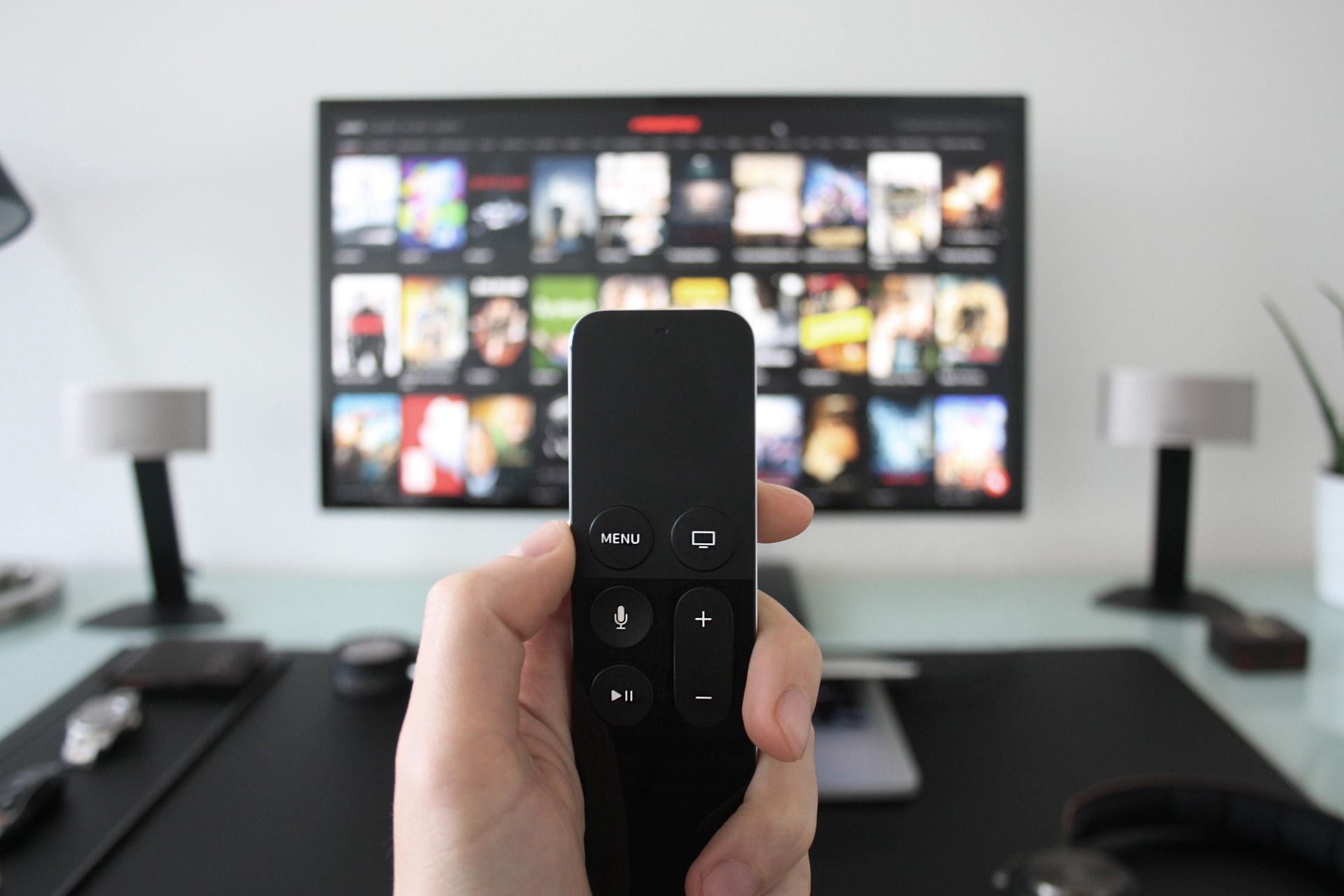How a Best-In-Class OTT Platform Streams Live Sporting Events
How a Best-In-Class OTT Platform Streams Live Sporting Events

By
Scott Goldman
•
3 min read
June 17, 2018
Managing and streaming a live sports event can get complicated.
Weather and other variables can delay eagerly anticipated matchups. Millions of regional viewers simultaneously tuning in to the match of the day can cause traffic spikes that have to scale instantly. A best-in-class streaming service will be able to meet these and other increasing demands with a combination of 1-to-1 session management, scalability, individualized experiences, targeted advertising, and operational excellence. Customers and viewers expect a flawless, high-quality stream, and it’s our job to deliver it.
The Secret Sauce: Scalability and Session Management
From a video management perspective, streaming a live sporting event is different than linear streams or other live programming, such as award shows or concerts. Sports can be very localized. If Spain is playing France at a global event like the Olympics, a heat map will indicate traffic is exploding in those regions, which can tax a CDN’s local infrastructure. The benefit of a robust CDN is the ability to reliably scale and serve those localized viewers uninterrupted content and advertising. For global sporting events, we have global points of presence and physical infrastructure all around the globe to handle those immediate spikes in viewership.
Session management, on the other hand, is the secret sauce for personalizing those high-quality experiences. Whether five thousand or five million viewers are watching, the ability to serve individualized streams to millions of viewers is essential. For us at Verizon Digital Media Services (VDMS), it starts with our Uplynk video streaming service and our ability to manage individual sessions at scale. Each sports fan pressing play is delivered a stream specifically tailored to their viewing demographics, such as location, device type or many other variables. This provides viewers with an engaging experience, which includes targeted advertising.
This direct relationship with each viewer not only improves the viewing experience, but it also helps the content providers make more informed product decisions. By taking session-level insights and data collected by the OTT platform, content creators can curate future experiences based on those granular sets of user data.
Operating at Scale
In an OTT environment, scalability often refers to content delivery; but at VDMS, we help content owners scale their operations by providing an easy-to-use, cloud-hosted scheduling interface. Events can be scheduled manually in our live event portal or via API, for those customers wanting to integrate their own scheduling systems. Being able to see these schedule and calendar views helps them operationalize complex workflows and ensure their resources (like encoders and operators) are scheduled efficiently.
For some customers, scalable tools and technologies are not enough; they also need scalable support and operations. For those customers, we offer Live Event Operations managed services. We shoulder the operational burden of event streaming, while content owners can focus on what matters most: their content.
Ensuring Live Streaming Success
The last thing a broadcaster wants is for a viewer to navigate to an event, only to be met with color bars and tone. At VDMS, we’ve created a live event workflow that ensures the handoff between each stage of the event lifecycle happens seamlessly.
Pre-event, we decouple streaming from encoding. Even before an encoder is set up, a provider can stream content directly from the cloud, such as a graphic informing viewers of event start times or delays.
How Monumental Sports is redefining the bundle for millennials and building a sustainable strategy.
Read More
After an event, we have the ability to instantly deliver a VOD replay to prevent viewers from ever facing a blank screen. Once any viewers navigate to an event that has ended, they’re immediately presented with a VOD replay. The transition from live to VOD is done seamlessly with a single event playback URL that doesn’t need to be republished.
Pundits and critics are fond of saying that traditional television and live television are dead, but our experience tells us that’s definitely not the case. We know people are never going to stop watching sports and that live event streaming is only going to become a bigger presence online, which is why we continue to invest in it. The challenge is for content outlets and content owners to develop ways to transition their sports content to online streaming products successfully. The good news is that the technology is here to handle this transition extremely well. In fact, a very strong case could be made that with innovations in 1-to-1 session management, individualized experiences and advertising, it might even be better suited to OTT than traditional TV.

Scott Goldman is a Digital Video Product Manager at Verizon Digital Media Services. You can connect with Scott here. If you want to learn more about Verizon Digital Media Service’s Live Event Operations managed services, visit their website or get in touch.
Learn more about Content & Distribution at our annual innovation conference, Hashtag Sports.